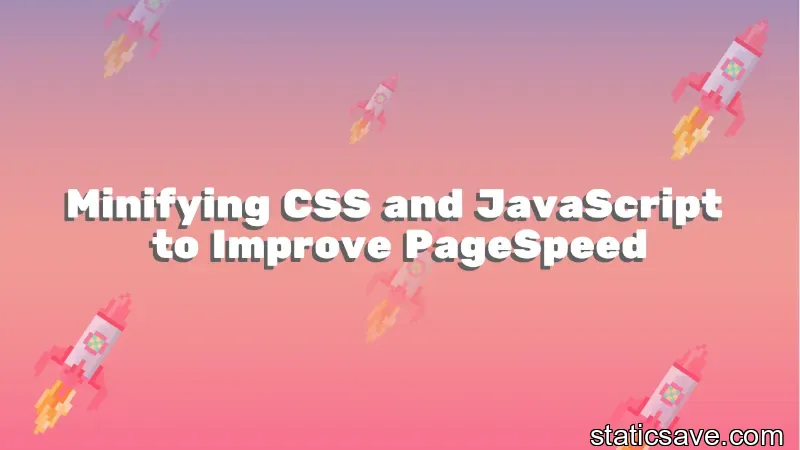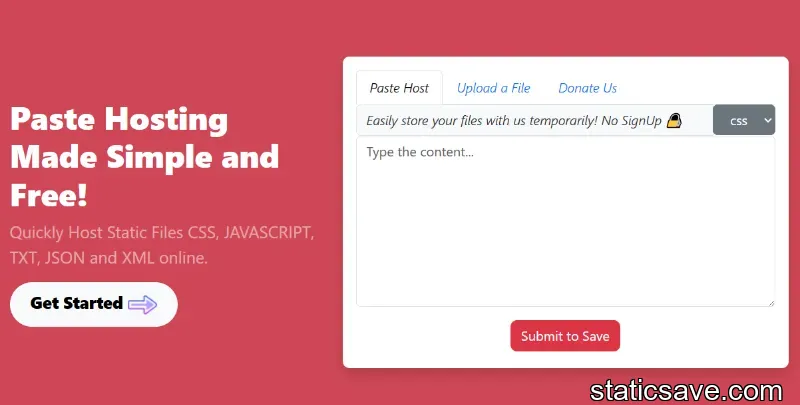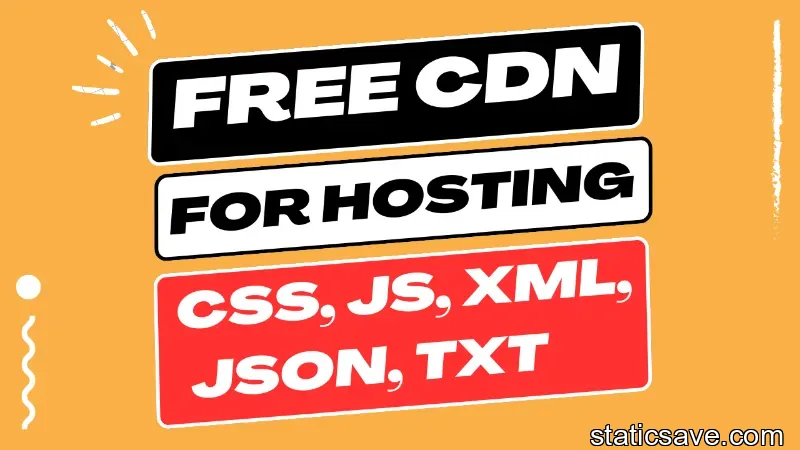Minifying CSS and JavaScript to Improve PageSpeed

While there are many ways to improve your page speed and rankings in search engines, one of the most effective ones (and perhaps the easiest) is to minify your CSS and JavaScript.
Minifying involves removing comments, unnecessary characters and whitespace from files, resulting in more concise, lighter-weight files that load faster because they take up less space on the server’s hard drive and in the user’s browser memory.
This can significantly improve your site’s performance score on sites like Google PageSpeed Insights. Take a look at this guide to learn everything you need to know about minifying your CSS and JavaScript to improve page speed!
Understanding What Minification Is?
Minification is the process of minimizing code and markup in your web pages and script files. This is done primarily by removing unnecessary characters, such as white space, new line characters, comments, and block delimiters, which are used to add readability to the code but are not required for it to function properly.
Minification can also refer to the process of reducing the file size of image files. The term minify is a combination of the words minimize and compress. With less content on the page, there is less data that needs to be sent from server to browser. Minified scripts can load faster because they have fewer bytes than unminified scripts.
Similarly, minified stylesheets load faster because they have fewer bytes than unminified stylesheets. When deciding whether or not you should use this technique for making your site more responsive and faster loading, consider how much you compress each file with respect to its original size before making the decision.
Read: The Benefits of Testing CSS and JavaScript Online
Minifying CSS
Minifying your CSS can have a big impact on your website's page speed.
- To minify your CSS, you first need to understand what it is and how it works.
- Second, identify the file sizes of your CSS files.
- Third, use a tool like Gzip or Brotli to compress your files.
- Fourth, use a tool like Grunt or Gulp to automate the process.
- Finally, monitor your website's page speed to ensure that the changes you made had the desired effect.
Minified files are typically denoted with a .min.css extension.
There are several benefits to minifying your CSS files.
- One benefit is that there will be less data sent to the browser which means pages will load faster.
- Secondly, minified CSS code often has fewer lines than uncompressed code so there will be less code for browsers to parse through when rendering pages which also speeds up page loading times.
One drawback is that users who aren't using tools like Google Chrome may not see any difference in their browsing experience if they do not optimize their webpages for other browsers as well.
Minifying JavaScript
To minify your JavaScript, you first need to understand what it is you're trying to achieve. Minification is the process of removing all unnecessary characters from your code, including whitespace, comments, and formatting.
In this way, the original size of the file can be reduced by up to 50%.
The downside is that some files may not function as they did before; however, when only a few lines are changed in the file, this should not pose a problem. A few examples of tools that help with minification include YUI Compressor and UglifyJS.
Also Read: Page Speed: How Minifying CSS and JavaScript Files Can Help Your Web Page Load Faster
Should You Use Javascript Compression Libraries?
If you're looking to improve your website's page speed, one way you can do that is by minifying your CSS and JavaScript files. This means removing all unnecessary characters from the code, such as whitespace, comments, and block delimiters.
Minification can make your code harder to read, but it can also reduce file size and therefore loading time. But before you start minifying your code, you should ask yourself if you really need to use a compression library.
There are some downsides to using them—for example, they might introduce bugs or cause issues with other libraries in the same project.
The easiest way to figure out whether this is a good idea for you is just to experiment on your own project. It's not difficult to remove white space and comment tags manually, so it won't take long. Just run your JavaScript through something like JSLint or jsbeautifier before saving the file.
You could also try inserting blank lines between functions to see if that has any effect on performance.
Remember: there's no perfect solution when it comes to improving page speed; you have to find what works best for your site!
The Final Word on Compressing and Optimizing CSS & Javascript
In general, you want your site to load as quickly as possible. One way to help with that is by minifying your CSS and JavaScript. This means removing unnecessary characters, like whitespace, from the code without changing its functionality.
The smaller the file, the faster it will load. Any one of these improvements could make a measurable difference in the loading time of your website. As always, try them out on a test environment before implementing them live on your website!




